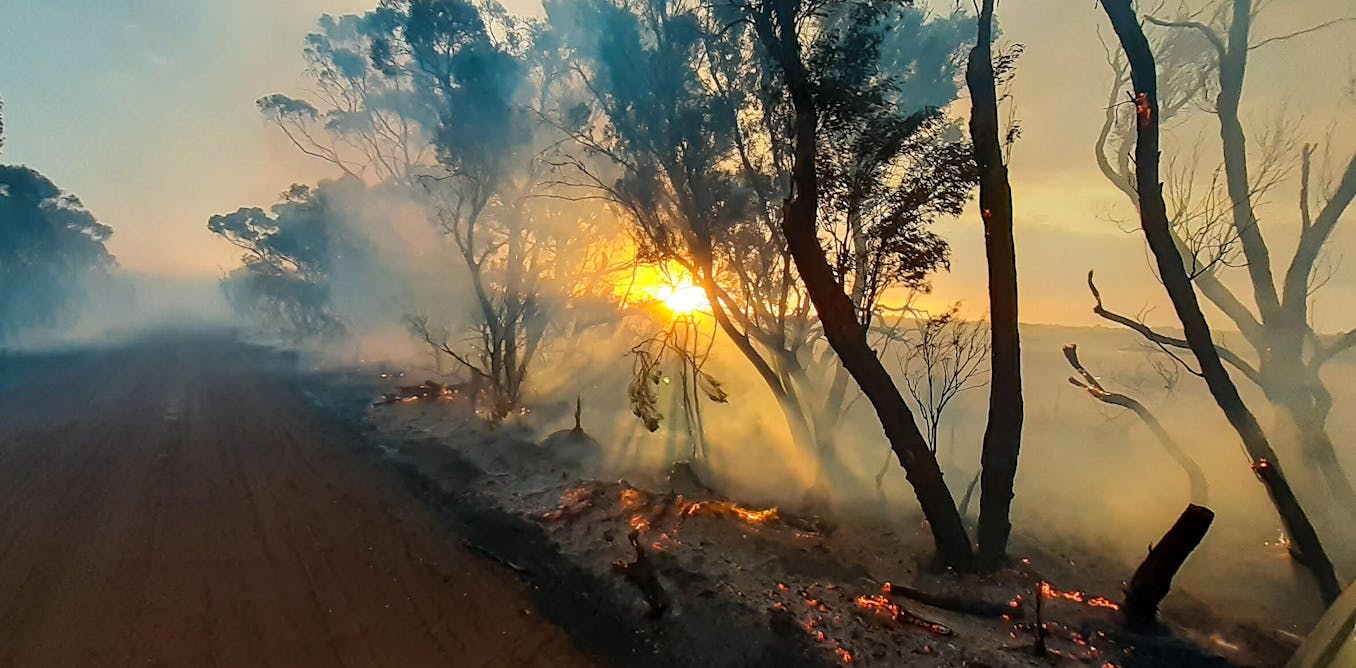BAL Report Basics: Necessary Info for Homeowner
BAL Report Basics: Necessary Info for Homeowner
Blog Article
Importance of BAL Report in Ensuring Bush Fire Defense
In the realm of bushfire protection, the relevance of a Bushfire Strike Degree (BAL) report can not be overstated. This important paper functions as a fundamental tool in assessing the prospective danger a residential or commercial property might encounter throughout a bushfire and plays a critical function in determining the essential protective steps to protect lives and residential properties (BAL Report). The real value of a BAL record extends past a plain evaluation; it acts as a guiding light for building owners and authorities alike, using insights right into enhancing home strength and ensuring effective fire security.
Recognizing Bushfire Strike Levels
The comprehension of Bushfire Assault Degrees is essential for assessing the prospective threat and effect of bushfires on a property. Bushfire Strike Degrees (BAL) are a way of measuring the severity of a structure's potential direct exposure to ember assault, induction heat, and direct fire contact in a bushfire. Recognizing the different BAL categories is important for homeowner, designers, and contractors in developing and building buildings that are extra durable to bushfires.
There are six Bushfire Attack Degrees, ranging from BAL-LOW to BAL-FZ (Flame Zone), with each level representing a various degree of danger and needed building and construction criteria. A BAL analysis considers elements such as the Fire Danger Index, incline of the land, kinds of surrounding greenery, and distance to possible fire dangers. By recognizing these degrees, building proprietors can make informed decisions regarding bushfire defense measures, such as setting up ember guards, utilizing fireproof building products, and maintaining clear defensible room around the property. Generally, a thorough understanding of Bushfire Strike Degrees is vital for effective bushfire preparation and protection.
Analyzing Residential Or Commercial Property Risk Degrees
After understanding the effects of Bushfire Attack Degrees, the next important action is assessing the threat levels connected with specific properties. Evaluating residential or commercial property threat degrees involves a comprehensive analysis of various aspects that can influence the susceptibility of a home to bushfires. These elements include the distance of the home to bushland or vegetation, the kind and problem of bordering plant life, the slope and aspect of the land, prevailing weather, and the visibility of flammable materials near the residential or commercial property.
Building threat assessments are vital in determining the level of bushfire protection actions that require to be applied to secure the building and its owners. By properly analyzing the threat levels, homeowner can make informed decisions concerning bushfire prevention approaches, such as plants administration, developing design alterations, and the setup of fire-resistant materials. Additionally, residential property threat analyses play a vital function in the growth of emergency situation response plans and emptying procedures in case of a bushfire.
Implementing Safety Measures
Upon finishing home threat evaluations, the next important stage involves the execution of safety procedures to boost bushfire protection. Applying protective steps is necessary for securing residential or commercial properties and making certain the safety and security of people during bushfire occasions. These procedures can include installing cinder guards on windows and doors, making use of fire-resistant structure products for building, developing and maintaining a clear defensible area around the home, and having a sufficient and obtainable water resource for firefighting functions. Furthermore, it is critical to create and practice an in-depth bushfire emergency situation strategy with all residents to make sure swift and worked with actions in case of a bushfire hazard.
Routine upkeep of protective measures is just as vital to ensure their efficiency during a bushfire. This includes regularly examining and repairing coal guards, conducting plants monitoring to decrease fuel tons, and screening firefighting tools such as pipes and pumps. By carefully applying and preserving these protective steps, homeowner can substantially enhance their resilience to bushfires and minimize prospective damage and loss.

Enhancing Home Strength
Enhancing property durability against bushfires hinges on the aggressive execution and upkeep of protective measures intended at fortifying defenses and reducing potential threats. Property proprietors can boost strength by producing and keeping defensible spaces around their homes.
Education and preparedness additionally play a crucial role in improving property strength. Residential or commercial property proprietors should create and practice a bushfire emergency situation plan, conduct normal pop over to this site fire drills, and make sure all locals recognize exactly how to react in instance of a bushfire. Staying educated concerning fire risk ratings, climate condition, and evacuation courses is essential for making timely decisions to secure life and building. By taking positive actions, residential or commercial property proprietors can significantly increase the durability of their properties against the hazard of bushfires.

Ensuring Reliable Fire Protection
Executing durable fire protection procedures is necessary for protecting residential or commercial properties versus the damaging impact of bushfires. In addition, setting up fireproof materials on the property, such as Continued fireproof roofing and ember-proof screens on windows, can dramatically lower the risk of fire damage.
In addition, having an emergency situation response plan in place is important for making certain efficient fire protection. This plan should outline evacuation procedures, interaction methods, and assigned conference factors for homeowners. Regular training and drills should also be carried out to ensure that all residents are prepared to react rapidly and safely in case of a bushfire.
Conclusion
In verdict, the BAL report plays a crucial function in ensuring efficient bushfire security by assessing residential or commercial property threat levels, executing safety measures, and learn the facts here now enhancing property resilience. Comprehending Bushfire Strike Levels is vital in determining the level of threat a home faces during a bushfire.
By understanding these levels, residential property proprietors can make enlightened choices regarding bushfire security procedures, such as setting up coal guards, using fireproof building materials, and preserving clear defensible room around the residential property. Assessing home danger levels involves a detailed analysis of different aspects that can influence the sensitivity of a residential property to bushfires.Property danger assessments are essential in determining the level of bushfire defense steps that require to be carried out to protect the residential or commercial property and its residents. By taking proactive procedures, residential property owners can substantially boost the resilience of their homes against the danger of bushfires.
In conclusion, the BAL record plays an essential role in guaranteeing efficient bushfire security by analyzing residential or commercial property danger levels, carrying out protective procedures, and enhancing residential property resilience. (BAL Report)
Report this page